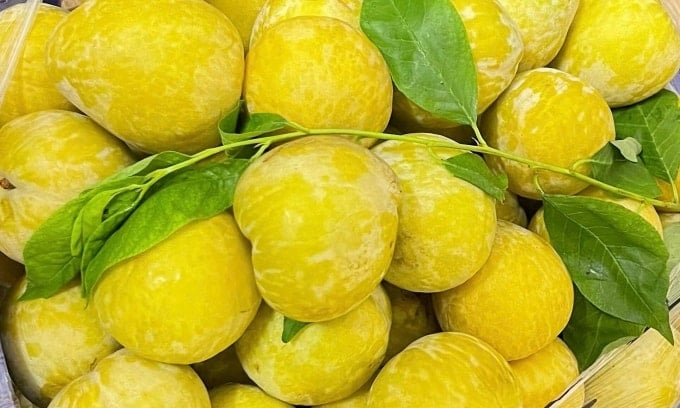
After the seedless lychee fever, fruit connoisseurs in Vietnam have turned their attention to a new variety from China: the emperor's yellow plum - also known as the cau plum. This fruit has a bright yellow skin, a light aroma, is crunchy and sweet, and is much larger than Vietnamese plum varieties. Each kilogram (about 9 - 10 fruits) is sold for up to half a million VND, equivalent to high-end fruits such as seedless lychees or milk grapes that have caused a fever on the market.
At a high-end fruit store in the center of Ho Chi Minh City, Ms. Tuyet, the store owner, said she had sold more than 200 kg of areca plums in just half a month. This was the first time she had imported this type of fruit to sell.
"The Emperor's Golden Plum has a unique appearance, a crunchy, sweet and aromatic taste. Customers often come back to buy it after trying it for the first time," she said.
In addition to traditional stores, many online sellers are also promoting the sale of this fruit. According to Ms. Le Thoa - a supplier of imported fruits, Chinese plums are completely different from the Chilean or Australian plums that she used to sell. "The flesh is yellow and crispy like plums. The taste is slightly sweet, easy to eat and not boring," Ms. Thoa commented.
Currently, this plum is mainly brought into Vietnam by hand-carry or through small-scale importers, because it is not on the list of fruits licensed for official import.
Some sources such as Ms. Nguyen Lien in Lao Cai said that each shipment can be up to a ton, packaged in a variety of ways from 5kg boxes to 12kg baskets, classified by size: type 1 has 9-10 fruits per kg, type 2 from 15-18 fruits. Wholesale prices range from 200,000 VND to over 300,000 VND per kg. For smaller fruits (over 20 fruits per kg), the price can be around 150,000 VND, but they are mainly distributed through familiar channels.
According to businesses, the cau plum is one of the high-end fruits that many customers love this year. Although this time coincides with the peak harvest of the post-plum in the Northwest - which costs only a few tens of thousands of VND per kilogram, the consumption of Chinese emperor plums has not decreased.
"The novelty and beautiful appearance make this plum a priority choice for many high-end customers," said a trader.
Data from local authorities in China shows that the imperial yellow plum is actually a domestic plum variety selected and developed by China in areas with ideal climate conditions such as Yunnan, Xinjiang and Miyun County (Beijing).
In Miyun alone, the local government has designated more than 10,000 mu (equivalent to 660 hectares) for high-grade plum cultivation. In Yunnan and Xinjiang, the area under cultivation of yellow plums, including this emperor variety, is estimated to be in the thousands of hectares. The main harvest season is from late June to August, coinciding with the peak summer season.
Despite its high price, areca plums are still consumed strongly on online channels in Vietnam. Many importers believe that if China expands production, prices may gradually decrease, similar to what has happened with products such as milk grapes or jujubes.
Data from the Vietnam Customs Department shows that in the first half of the year, fruit and vegetable imports from China reached US$402 million, accounting for 33.5% of total fruit and vegetable imports. China is the largest supplier of fruit and vegetables to the Vietnamese market.
VN (according to VnExpress)Source: https://baohaiphongplus.vn/nua-trieu-dong-mot-kg-man-vang-hoang-de-trung-quoc-416369.html









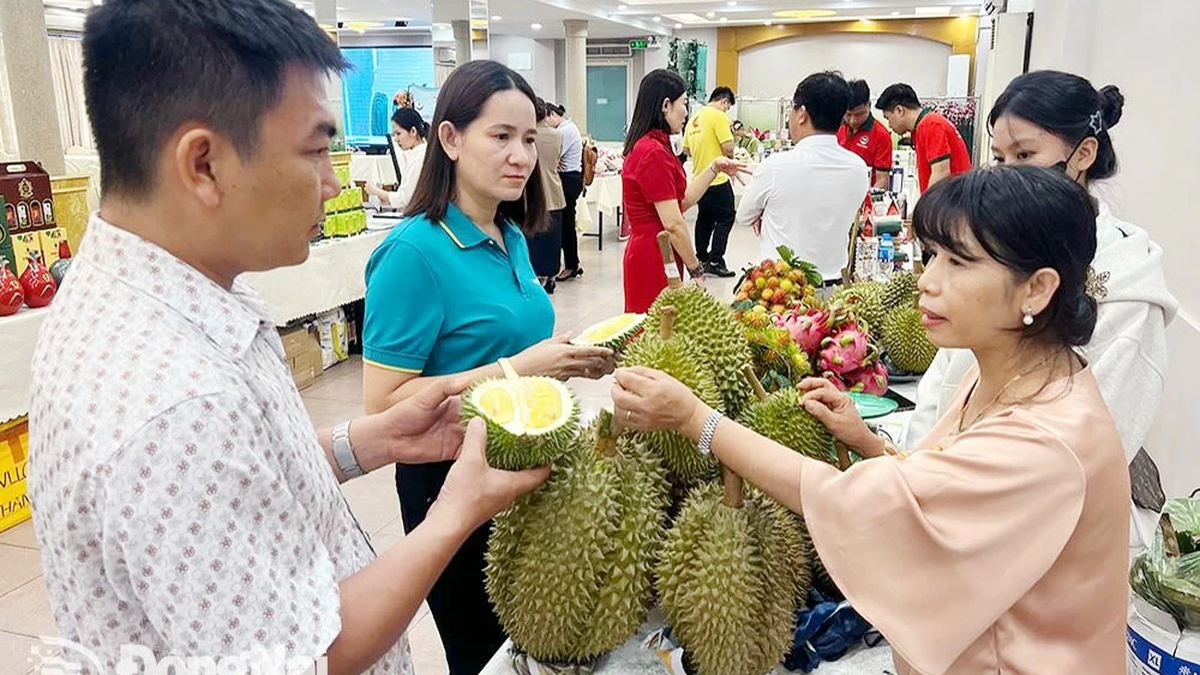









































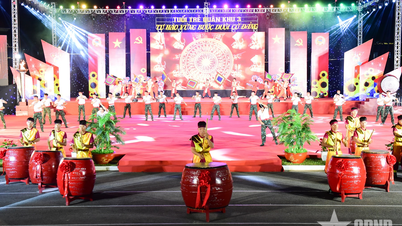










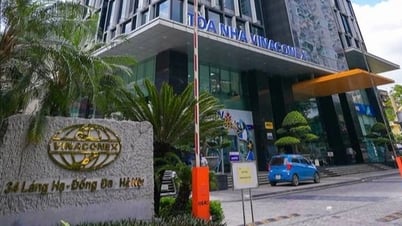


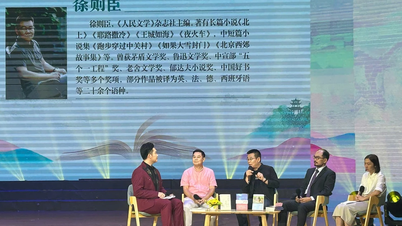
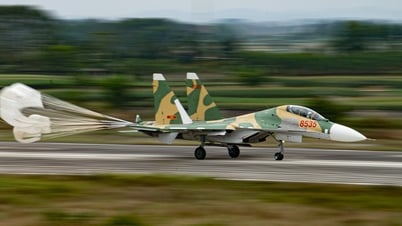







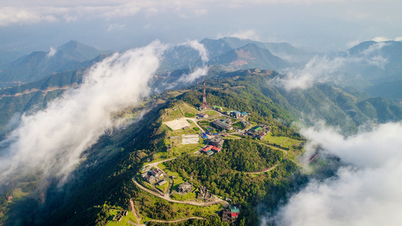
















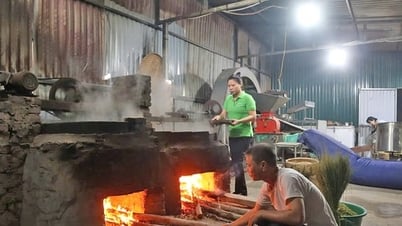






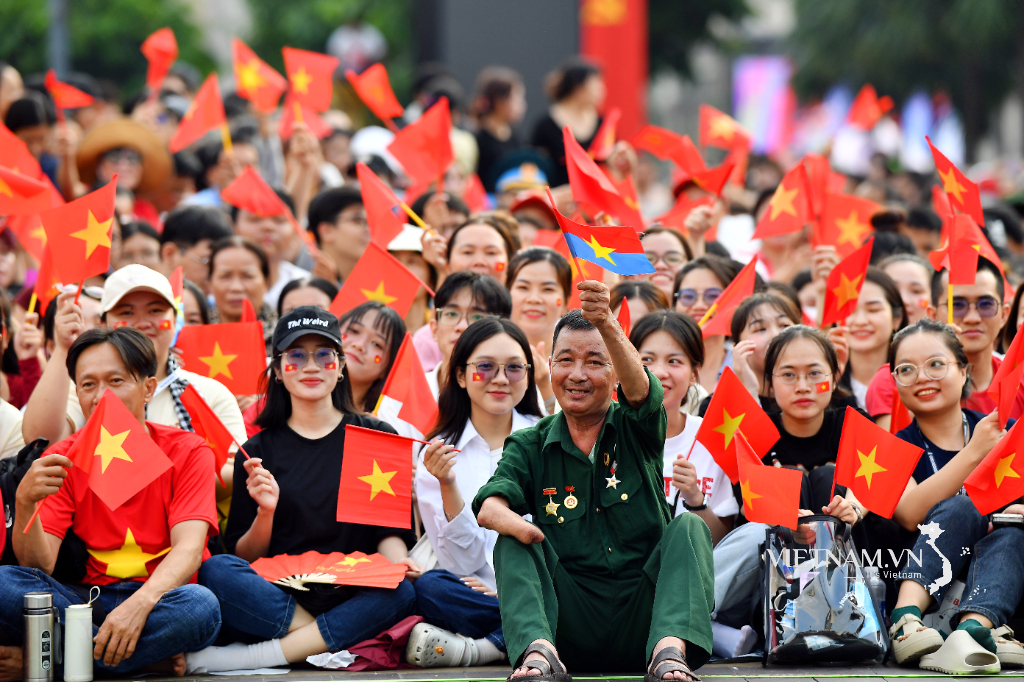
Comment (0)